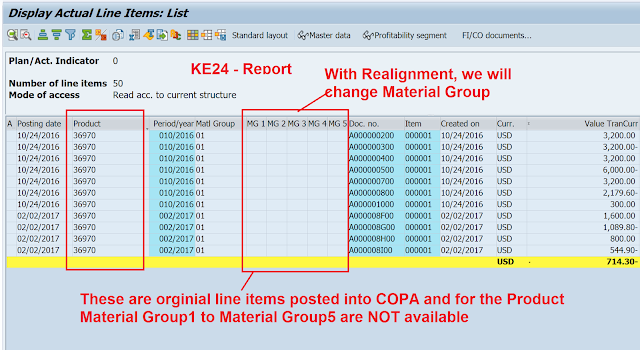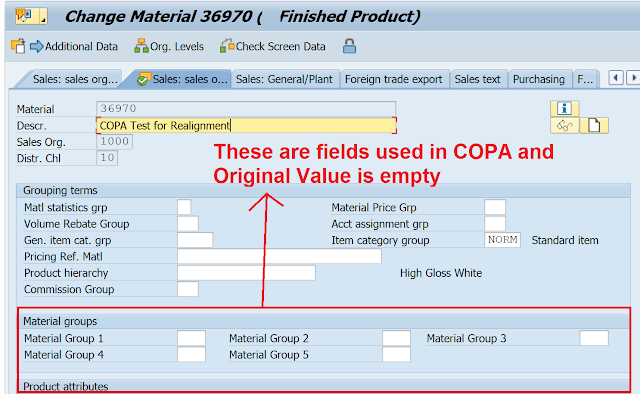S/4 Hana Guided Configuration and Application Support
S/4 HANA
S/4 Hana stands for Simple 4th Generation application suite with in-memory database solution HANA. Speed, Agile and Business Process Manager based solution delivery. SAP also released SAP Leonardo for Machine Learning and Business Process Automation
SAP S/4 Versions
SAP is releasing two versions of ERP solution in S/4 suite
- S/4 Cloud Version
- Cloud Version is released for all S/4 solutions, with quarterly cycles of new feature release and available on Public Cloud
- Easy to Implement Application Solution
- SaaS based solution approach
- Guided Configuration
- Current Version is 1705 ( Released as of 5th May 2017 )
- Upcoming Version is 1708
- S/4 On premise Version
- Simplified SAP version with simplified data structures
- On premise Version is released for all S/4 solutions with yearly cycles of new features
- Can be implemented in
- Local Servers (traditional approach)
- Private Cloud Servers
- Public Cloud Servers ( Amazon, Azure or Google Cloud )
- Fiori UI enabled applications
- Aligned with S/4 Cloud Versions
Fiori UI Interface
Fiori is state of the art , HTML5 based , browser and app based SAP GUI and it is responsive by nature to natively run in IOs, Android, Windows and other platforms.
- Role based business apps
- Combining SAP transactions together to perform a specific business function
- Modern Application Development - Eclipse IDE for solution development
- Tiles based business apps
- All solutions same look and feel
- User owned themes and layouts
Application Development Platform
New applications can be natively developed with SAP pre delivered Development Platform and SAP market place for marketing solution development
Fiori is state of the art , HTML5 based , browser and app based SAP GUI and it is responsive by nature to natively run in IOs, Android, Windows and other platforms.
Our Approach
New kind of agile consulting in line with SAP S4 simplicity
- Pre-configured solution delivery
- Proof of Concept (POC) oriented solution implementation
- Implementation Automation - Rapid Implementation Cycles with SAP
- Faster Business Process Master Mapping
- Implementation Approach
- Standard Content Deliver
- POC
- Conference Room Pilot
- Use Case Mapping
- Adopt
- Testing
- Training
- User Mapping
- Support






























